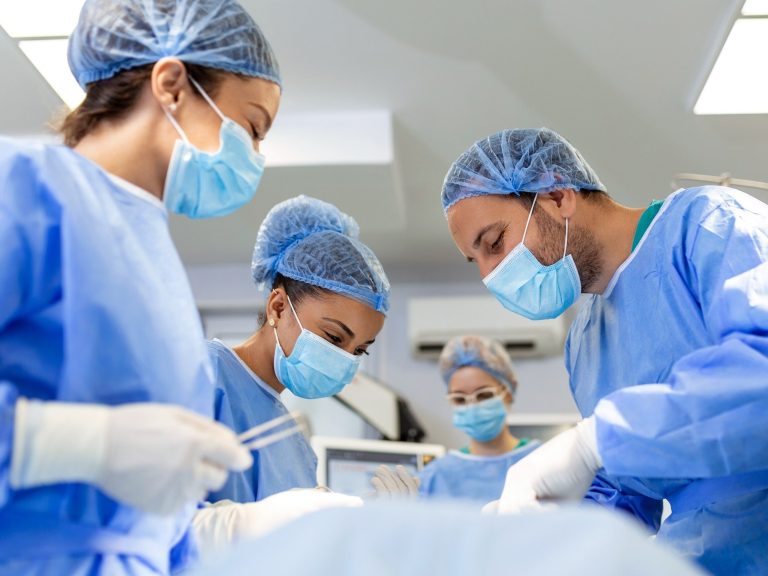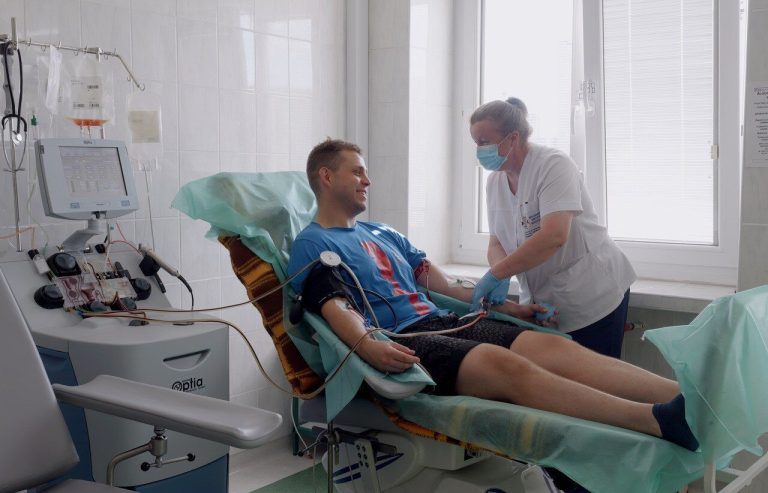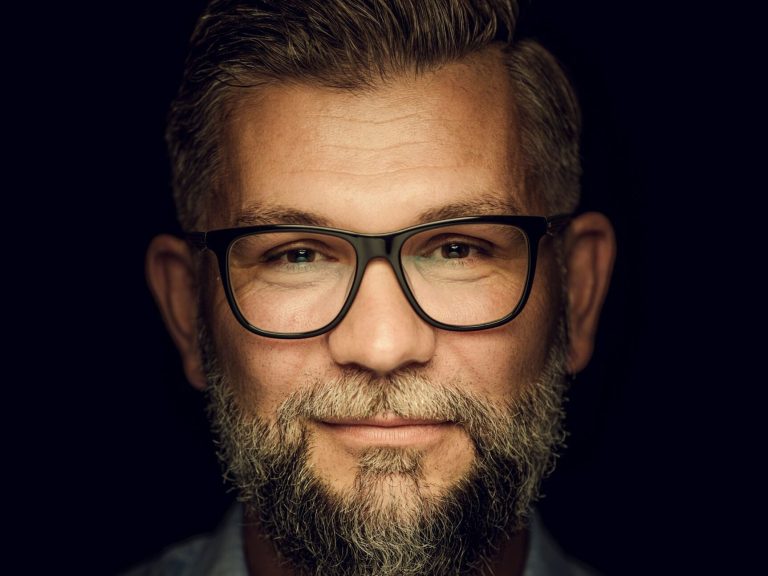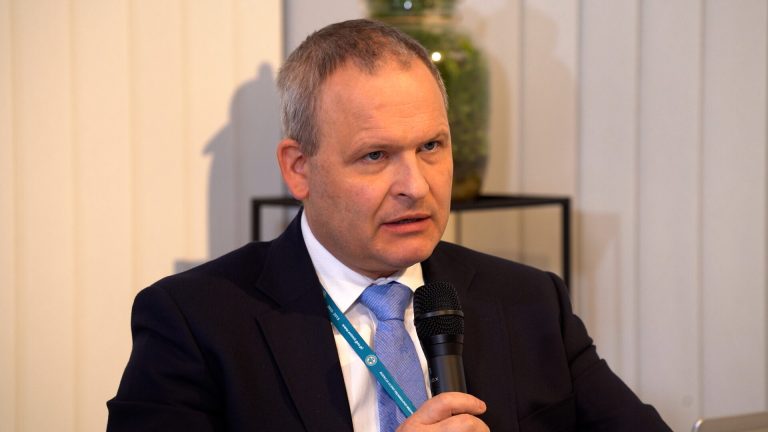Tired of visiting the dentist? Scientists have found a way to get rid of enamel cavities
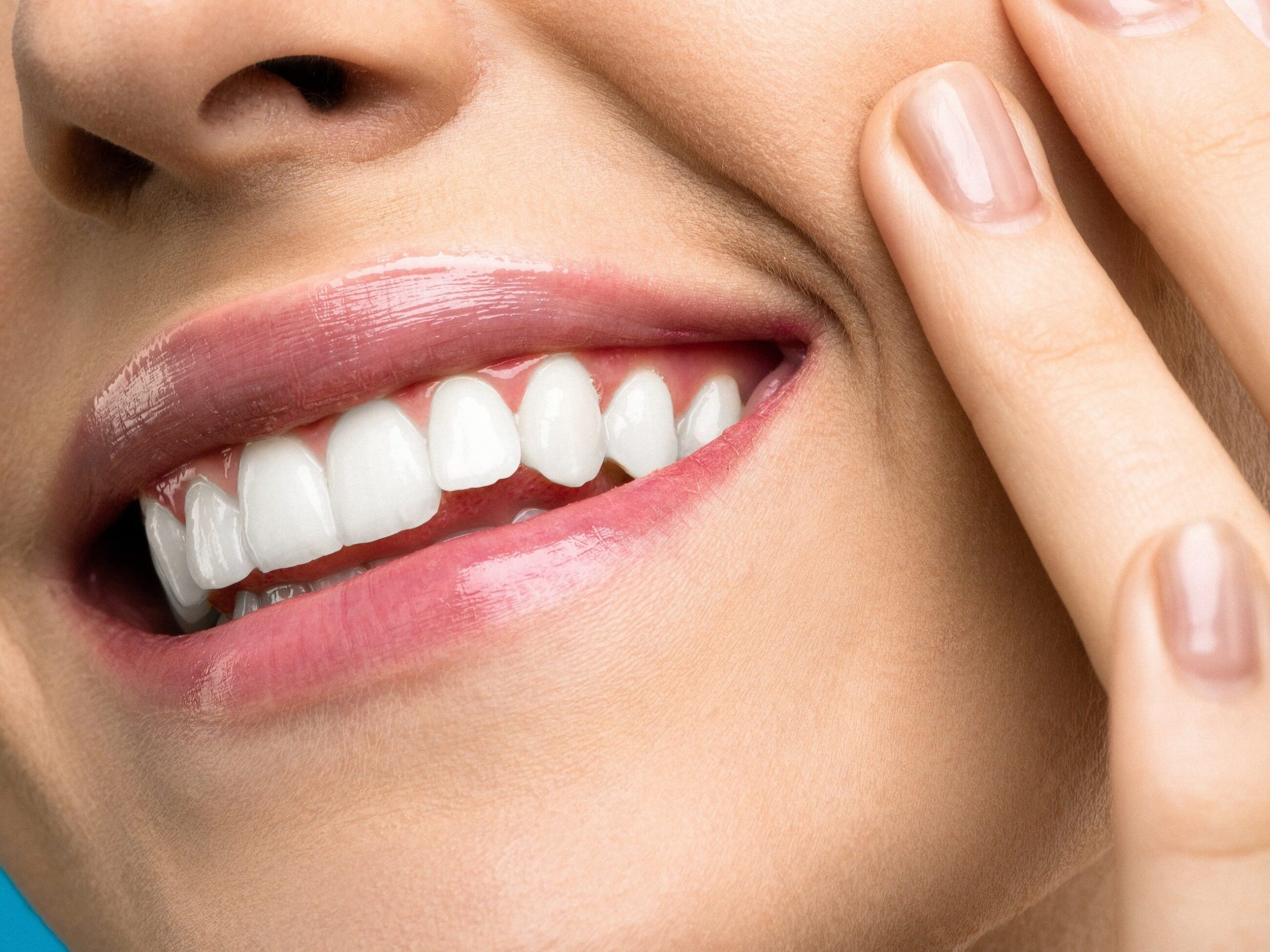
Researchers from the University of Washington have made a discovery that could revolutionize modern dentistry and dental treatment.
Enamel is the hardest tissue in the human body. It protects the teeth against mechanical stress arising during chewing and participates in the prevention of caries. It is produced by ameloblasts during tooth development. When this process is complete, the cells die. As a consequence, the body is unable to repair or regenerate damaged enamel, which becomes susceptible to cracking and chipping. Experts from the University of Washington found a way to deal with this problem.
Filling of enamel defects without drilling and pain
Researchers transformed stem cells into ameloblasts by using various chemicals and specialized proteins with enhanced function that were prepared in the laboratory. They then coaxed the resulting cells into producing small, three-dimensional, multicellular mini-organs called organoids. They created structures similar to those present in developing teeth and began to release proteins responsible for the formation and mineralization of enamel. i.e. ameloblastin, enamelin and tuftelin. As Hai Zhang, professor of restorative dentistry and one of the authors of the study, points out, “This is the first very important step towards the long-term goal of developing stem cell-based therapies to repair damaged teeth and regenerate those that have been lost.”
The expert added that together with his research team, he wants to improve the entire procedure – so that the enamel formed as a result of the induced process has properties similar to those of natural tooth tissue. He intends to develop ways to use this “building material” to rebuild damaged teeth. One of the goals of scientists from the University of Washington is to create so-called living fillings that would put an end to cavities and other defects in the tooth tissue, and in the future become an alternative to modern dental solutions (fills, dentures, implants, etc.).
Repairing enamel defects as the first step to organ regeneration?
Professor of biochemistry, Hannele Ruohola-Baker, who participated in the work on the “living fillings”, said that the repair of enamel defects could be a good introduction to wider activities related to the regeneration of organs, such as the pancreas, kidneys or even the brain. Of course, the whole process will take some time.



